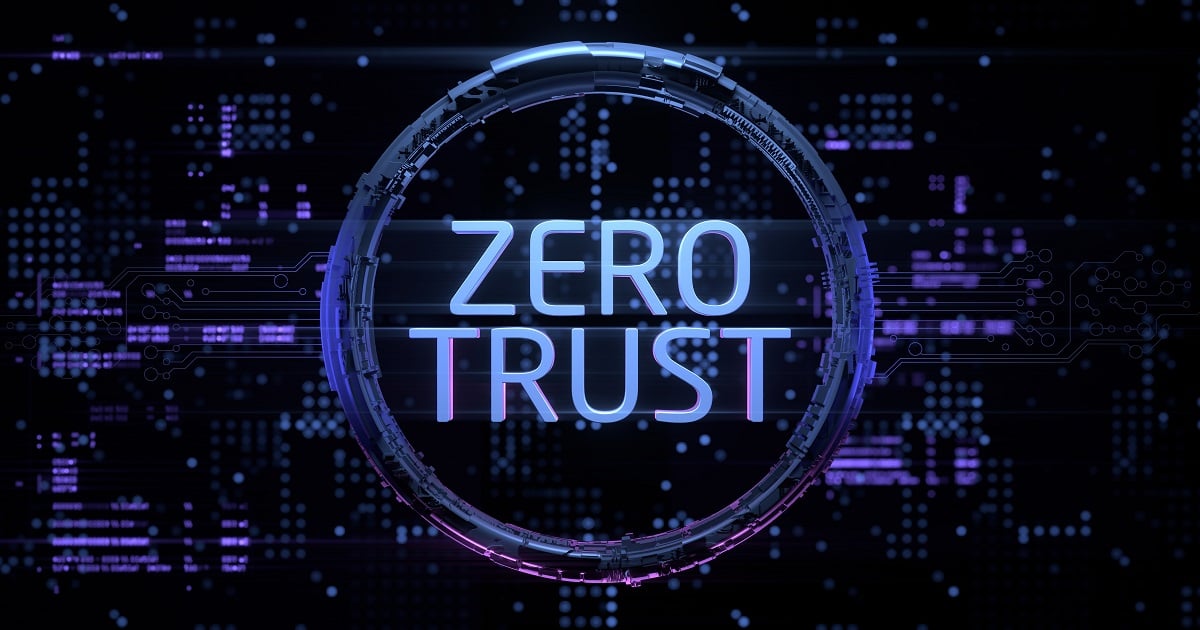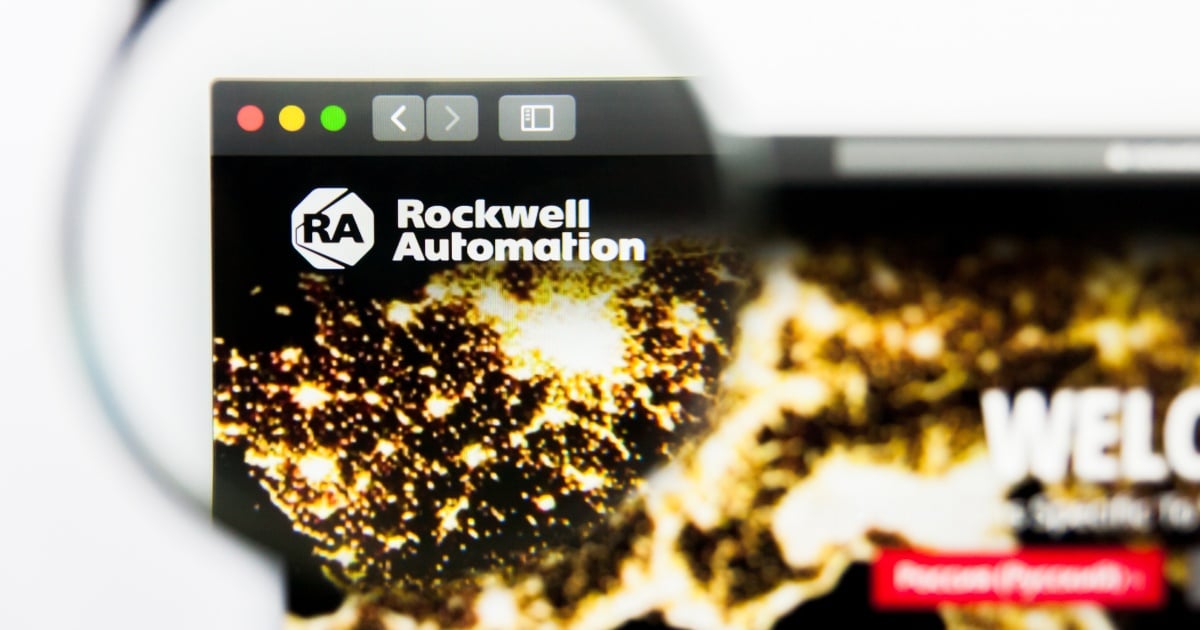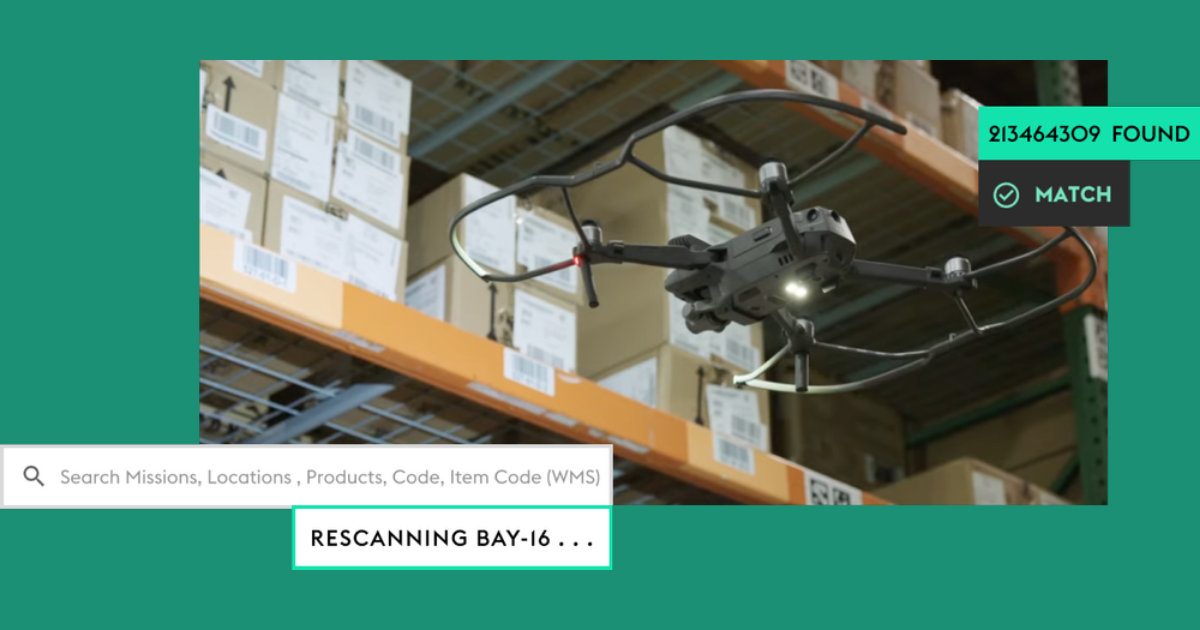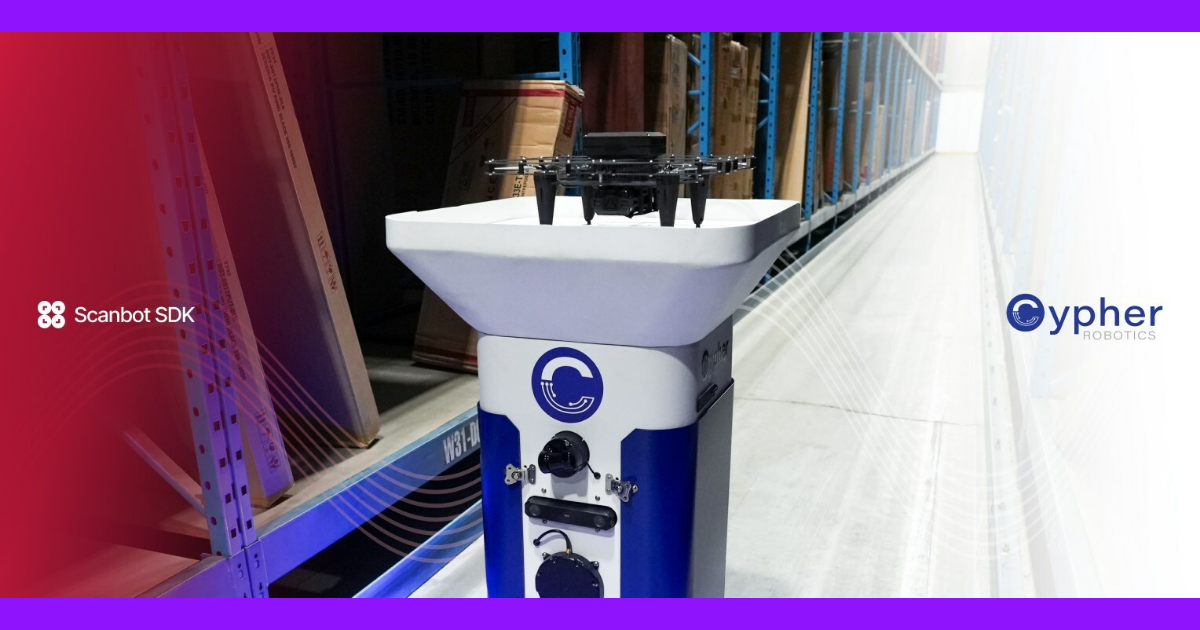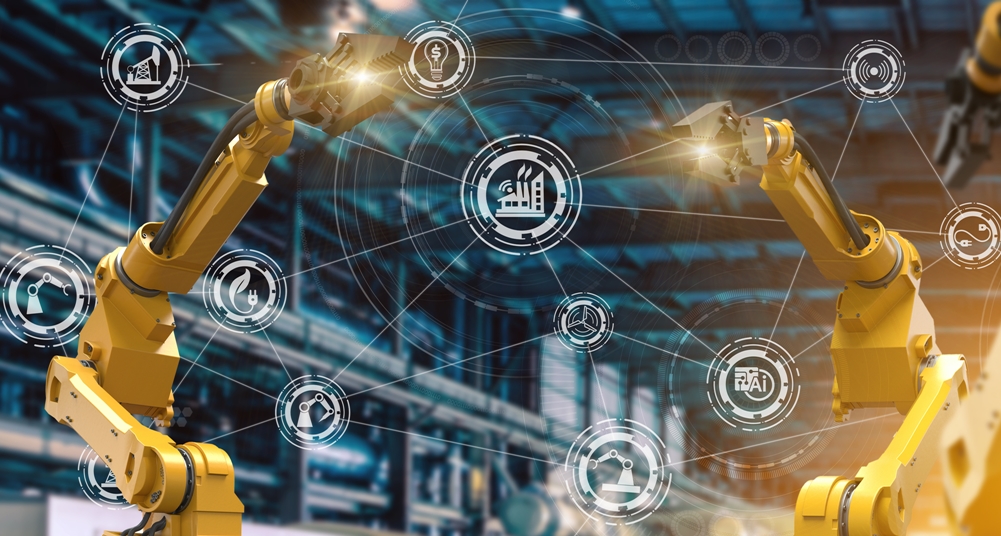
A recent study by Emory University and Presenso (AI-driven predictive maintenance vendor) sought to understand the perspective of plant-level employees on the topic of Industry 4.0.
The objective of the survey was to understand how Original Equipment Manufacturers (OEMs) will likely adjust to Industrial IoT and the digitalization of production plants.
A total of 123 Operations and Maintenance (O&M) professionals were surveyed across Europe and North America, using a combination of quantitative research (online survey) and in-depth interviews.
The following is an interview with Eitan Vesely, the CEO of Presenso.
Q: How do O&M employees expect OEMs to adjust to plant digitalization?
A: There is a recognition on the part of O&M employees that OEMs will need to change their operating and sales models if they wish to stay competitive. Today, OEMs sell their equipment that is often embedded with sensors that generate big data. In most cases, this data is not collected or, if it is, the data is not analyzed.
Most O&M employees think that over the next 5 years, OEMs will monitor the data that is generated by sensors. Where we are seeing disagreement is on the topic of what will be done with the data.
Let me share some data. When we asked whether OEMs will monitor data from embedded sensors, over two-thirds either agreed or strongly agreed with this forecast. However, when we asked whether OEMs will perform maintenance roles currently done by O&M employees, survey participants were almost evenly split as to whether they agreed or disagreed with this statement. This tells me that there is growing recognition that OEMs will take over the monitoring of asset health, but much less certainty about who will perform maintenance work.
Q. I notice that you asked about Hardware as a Service. Can you explain the meaning of Hardware as a Service and its expected impact?
A. Hardware as a Service is a term that is applied to the model whereby OEMs lease machinery to industrial plants instead of selling this machinery. It’s not a new concept – Rolls Royce began leasing engines in the early 1960s.
Today, with the sharp fall in the cost of data storage and transportation as well as computational power, OEMs can analyze data that is generated from embedded sensors. By applying Machine Learning and artificial intelligence to this data, algorithms are able to predict the likelihood of machine failure before it occurs. In this way, technicians can be dispatched to fix evolving asset degradation before an unplanned downtime incident.
Why is this significant? If OEMs are going to lease the machinery that they produce instead of selling it, they will need to find ways to scale predictive maintenance. In fact, we are seeing larger OEMs building remote monitoring facilities that cover an install base in multiple plants.
Q. Who benefits most from Hardware as a Service?
A. It too soon to predict the impacts. O&M employees typically recognize that smaller OEMs may be at a financial and competitive disadvantage. On the positive side, many O&M employees believe that if OEMs become responsible for reliability and maintenance ownership, it will lead to improved asset availability and extend the useful asset life.
One issue that came up in the research, especially in the interviews, was a concern about the lack of data scientists who can support Machine-Learning-based analysis.
In my opinion, this concern is somewhat exaggerated because the onus will be upon Machine Learning vendors to find ways to scale industrial analytics without the need to force plants to hire expensive and scare big data scientists. For instance, with Automated Machine Learning, or AutoML, many of the time-consuming tasks, such as data preprocessing and algorithm selection, are performed by Machine Learning algorithms.
Q. What role do you see for the Digital Twin?
A. We’ve seen a lot of hype surrounding the Digital Twin. For the last 3 years, the Digital Twin has made it to Gartner’s list of top strategic technology trends.
At the same time, GE has stumbled somewhat with its Predix offering.
It is interesting that 45% of survey respondents expect that some OEMs will bundle a Digital Twin with their equipment and that an additional 14% indicated that most OEMs will bundle the Digital Twin.
From what I have seen with our industrial plant customers, it is hard to build a Digital Twin for existing machinery because it requires access to the actual asset blueprint and plant-level technicians need to work with data scientists to train the Digital Twin on production processes.
For this reason, I believe that O&M employees see more opportunity for OMEs to bundle the Digital Twin with new machinery than to build a virtual clone of existing machinery.
The full report is available here: https://www.presenso.com/blog/Maintenance-4-Emory-Research
Edited by
Ken Briodagh


